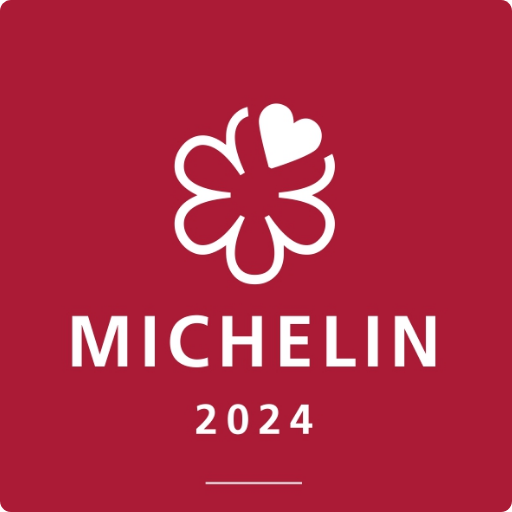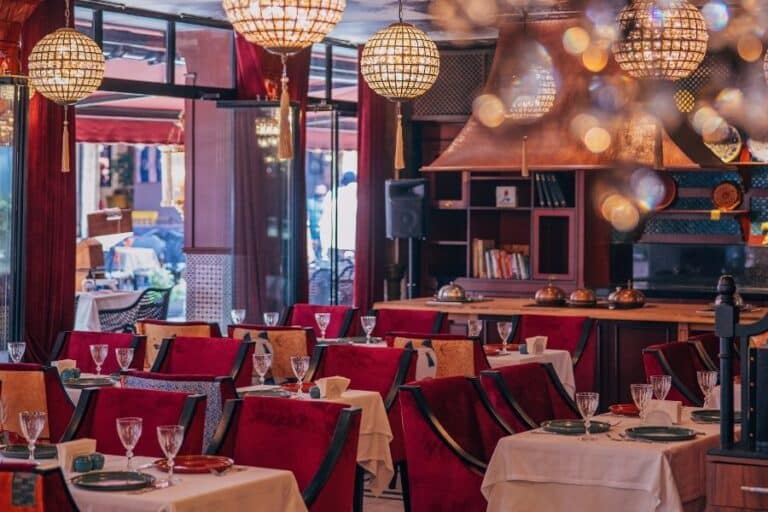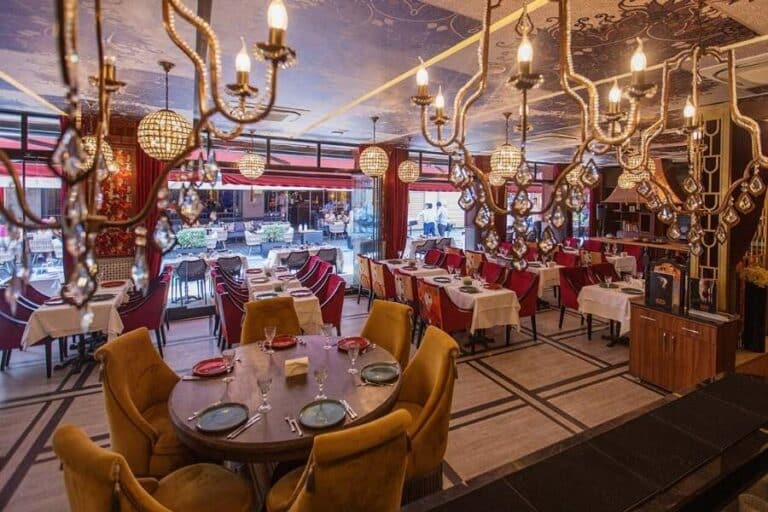The Ottoman Empire, which is a deep-rooted empire, is very rich in food and beverage culture, as in many other areas. The most curious and interesting culture has also been the food culture. The Ottoman culture, which has valuable examples in the art of war, politics, and science, is also very rich in eating and drinking habits.
Ottoman Cuisine is a food culture that started to be shaped in the 15th century by an elite group living in the palace kitchen and around the palace in Istanbul, who enjoyed good food.
This culture covers many subjects from the materials used, the cooking methods, the types of food to the eating habits, the meals, the etiquette at the table, and the kitchen buildings.
Food Culture in the Ottoman Empire
At the table of the notables of the Ottoman Empire, there was no talk or conversation during the meal, except for necessity. Once the spoon was handled, nothing else was taken care of. He ate as quickly as possible. The same situation was seen at the normal tables outside the palace.
Even if there was an unknown guest in the mansions, it would not be strange if he came to the table, on the contrary, he was invited. The sultans were eating their meals by sitting cross-legged on the ground next to the silver tray placed high. Mehmet the Conqueror brought the rule that the sultans should eat alone and this rule was valid until 1908.
Ottoman Palace Cuisine
In the palace kitchens, mainly bulgur, rice, honey-molasses, brown bread, and white yeast bread varieties were consumed. Water was consumed in abundance at Ottoman tables. In addition, sherbet and compote were not missing.
In contrast to beef, mutton and lamb meat were preferred as it was easy to digest and soft. Eggs were used in meals. For example, the egg was the most spent on chicken fry, special porridge, and cheese pita.
Beans, potatoes, turkey, cocoa, corn, and some pumpkin varieties entered the Ottoman cuisine after the discovery of the Americas, that is, after the 15th century. Okra had a special place. In the 19th century, spices entered the palace cuisine.
The bread was very important in the palace. Pure white bread was divided into varieties such as the finest white bread, ordinary bread, and distributed according to the hierarchical structure in the palace. Sultan used to eat the most unique bread. Salt was not used on the table against the risk of poisoning. The sultan’s meal was first tasted by the condiment taster, then the sultan ate it. Meals were served on the ground.
What Did He Eat?
In the Ottoman Empire, mutton was preferred more than beef. With the latest research, it has been learned that goats and kids were also consumed in the Ottoman Empire. Although chicken meat was not preferred, it was the food consumed in the summer months.
You can find the most delicious examples of the dishes eaten in Ottoman palaces at Deraliye Ottoman Cuisine Restaurant.
Meals of the Sultans
Sultan II. Abdulhamid: His favorite dish was an egg with onions. Whoever did the scrambled eggs well was rewarded. Making and cooking eggs with onions required a great deal of ingenuity. It would take three and a half hours to cook.
III. Ahmed and Mahmud I: All kinds of okra dishes were indispensable dishes.
Sultan Abdulaziz: Hearing the ingenuity of some black female cooks, he invited them to the palace. When one of these cooks liked the eggplant paste dish very much, the name of the dish remained as ‘hunkarbegendi’.
A European View of the Ottoman Empire
The Austrian state ambassador, Ogier Ghiselin, who came to Istanbul in 1555, describes the Turkish people’s sensitivity to food in his diary published under the title “This is how I saw Turkey”.
“Turks are not gluttons. They eat very little, and if they find salt, onion, and yogurt with a piece of bread, they will not look for anything else to eat. Yogurt is sour milk… It is not runny compared to milk. The Turks add water to it and cut bread into it. This is a very good liquid to reduce the temperature. It is both nutritious and easy to digest. All caravanserais have yogurt. Because Turks do not seek hot food during the journey. They eat things like yogurt, cheese, grapes. They boil things like grapes and cherries and store them in earthen pots.”








